The 2021 Governor General’s Innovation Awards Laureates
The Governor General’s Innovation Awards celebrate unique individuals who have found solutions to the world’s increasingly complex problems with collaboration, interdisciplinarity and inclusivity, using technology to bridge divides and empower others. This year’s six laureates have more than met those criteria in fields ranging from health care to more concrete forms of public safety.
Alex Gillis
Dr. Xiaoyi Bao: Hearing the Cracks in Infrastructure
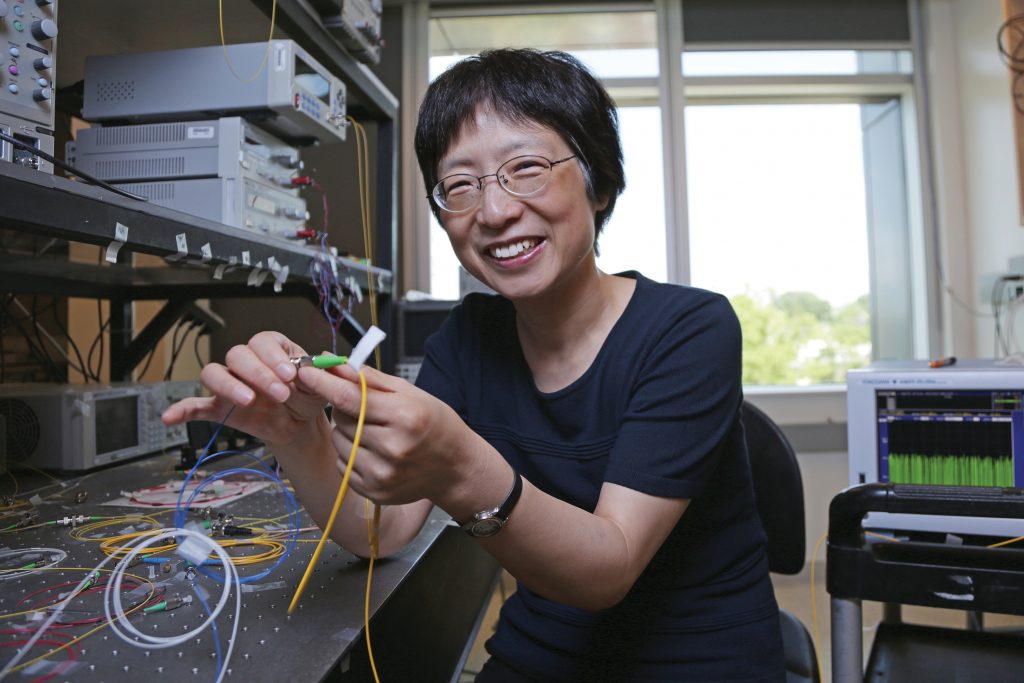
Every day, billions of people rely on public infrastructure, such as bridges, dams, railways, pipelines and nuclear reactors, making assumptions that these structures are being carefully monitored. However, most monitoring techniques rely on primitive technologies and visual assessments, with problems sometimes undetected until it’s too late. Dr. Xiaoyi Bao, a fibre-optics and photonics expert and professor of physics at the University of Ottawa, received a GGIA for “distributed acoustic sensor” technology, which is composed of optical fibres and instruments that can ‘hear’ sounds from defects and cracks inside of bridges and other critical structures. “This is a technology that was previously considered impossible,” Dr. Bao says. “My innovation was to develop an instrument to hear and locate the ‘sounds’ from cracks—sounds carried by optical fibres.” Miles of these fibres are wrapped inside and around structures and connected to instruments that listen for cracks. “After nearly 15 years of working with optical fibres, I set a world record for creating an instrument that could ‘listen’ to a sound spectrum from everywhere in fibres, similar to ultrasound imaging of body parts,” she explains.
“I’m a pioneer in detecting and locating this acoustic wave along optical fibres,” she adds. “Distributed acoustic sensor technology is having a significant impact around the world. It has become a standard testing tool—and is estimated to become a $2 billion industry worldwide by 2025. It has improved the safety of millions of people, and prevented accidents and problems of all kinds.”
“I never imagined something as small as an optical fibre could have such a huge impact,” she says.
Dr. James Robar: Improving radiation therapy with 3D printing
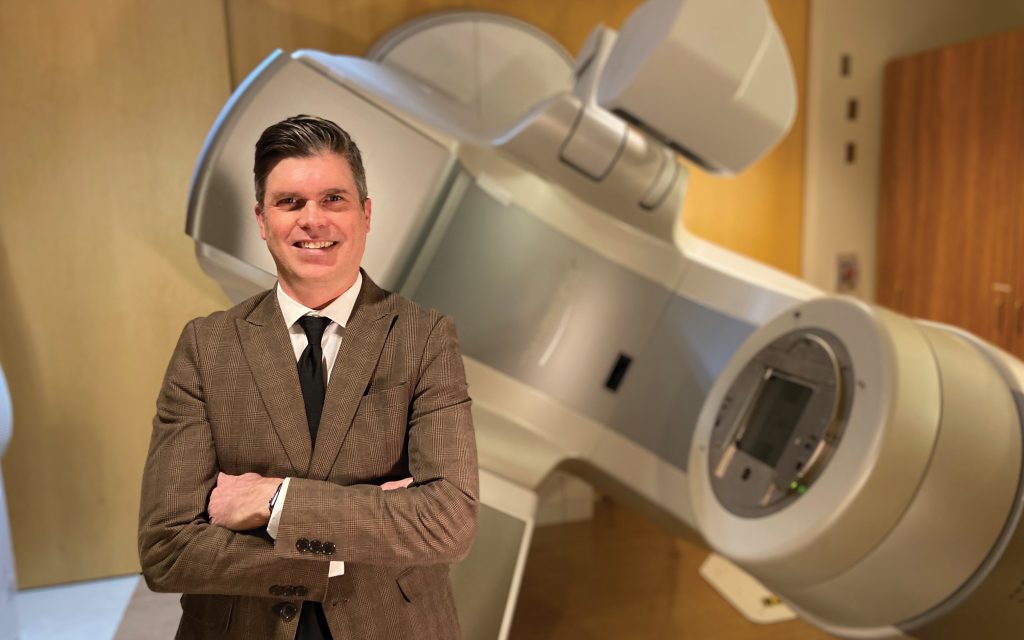
In 2012, when Dr. James Robar discussed an innovative idea with one of his graduate students, Shiqin Su, he concluded that someone must have thought of the idea already. Dr. Robar is chief of Medical Physics at Nova Scotia Health Authority, as well as a professor of radiation oncology at Dalhousie University, in Halifax. “Surely someone’s already integrated 3D-printing technology into radiation therapy for cancer treatment,” he thought. Doctors use radiation therapy to treat about half of cancer patients, many of whom have tumours close to the skin. A ‘bolus’ is placed on the skin to mimic tissue so that an x-ray dose can be targeted to the patient’s surface during radiation therapy. Typically, this bolus is a hand-made wax accessory or a sheet of vinyl that’s taped onto the patient’s skin, which is sometimes awkward and which often means that the radiation dose isn’t uniform.
Dr. Robar discovered that no one was using 3D-printer technology to create boluses. His technology creates a bolus that fits better and is more comfortable for patients. And the impacts are huge: each patient receives personalized medicine, radiation treatments are more accurate and efficient for patients with skin, breast and head-and-neck cancers. Also, given that every patient undergoing radiation therapy already has a CT scan, the design of a 3D-printed device requires no additional appointments.
Dr. Robar teamed up with Peter Hickey and Alex Dunphy to create a Halifax-based company, Adaptiiv Medical Technologies, which has developed the technology and distributed it to 15 countries. The company has grown from three to 25 employees over the past four years.
“It’s been gratifying to work on practical research that’s translated to the clinic and directly benefits patients,” Dr. Robar says.
Dr. Sheila Wang: The app that heals wounds
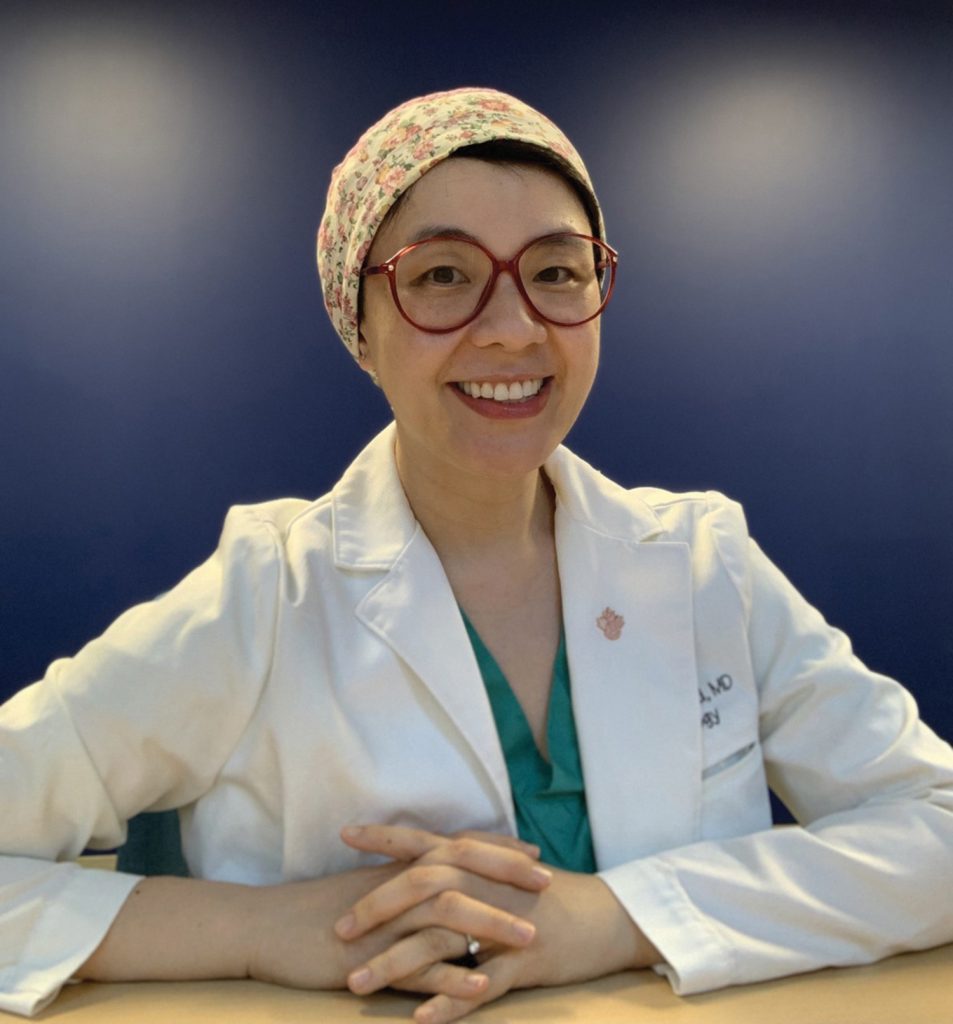
After the pandemic started, Dr. Sheila Wang, who’s completing her residency in Dermatology at McGill University, recognized that COVID-19 made it extremely difficult for many patients with chronic wounds to access regular care—and without timely access to care, wounds can lead to hospitalization, amputation and death. Dr. Wang, who is co-founder and Chief Medical Officer of Swift Medical, and her team created an app that uses artificial intelligence (AI) to measure, monitor and help to heal wounds, enabling patients to remain in their homes. “The user-friendly mobile app contains powerful AI technology,” Dr. Wang explains. “My co-founder and chief engineer of Swift began his career applying vision intelligence to Mars rovers and space robots. Similar, advanced technology is now used in our wound-care app—to examine the surface of a human body rather than a planet.”
The app’s impacts have been widespread. More than 3,900 healthcare organizations across North America have adopted the Swift Medical technology to monitor 450,000 patients each month. “Swift’s innovation allows nurses, doctors and patients to take precise images and measurements to determine the right treatments,” she says. “It tracks wound healing over time and helps to monitor patients at the greatest risk of new or worsening wounds.” Dr. Wang is leading an initiative to provide the Swift app to patients across Canada, enabling patients and their care teams to manage complex wounds remotely and safely during the pandemic.
Mi’kmaw Kina’matnewey: Mi’kmaq teaching Mi’kmaq—in the Mi’kmaw language
In contrast to dominant Eurocentric school systems (and in the devastating aftermath of Indian Residential Schools), Mi’kmaw Kina’matnewey (MK), the Mi’kmaw education authority, has emerged as a powerhouse in Nova Scotia, since its founding in 1997.
“Mi’kmaw Kina’matnewey is a collective of 12 Mi’kmaq First Nations communities across the province” says Blaire Gould, MK’s executive director. “The collective is an education authority that’s community based and Mi’kmaq led.” MK received a GGIA award for its achievements in collaborative governance, effective planning, strategic influence, transformative Mi’kmaq teacher education and off-the-charts graduation rates. “We’ve achieved a lot over the past few decades,” Gould says. “We support our students across the province and consider the needs of the whole person. We offer support academically, physically, mentally and with technology.”
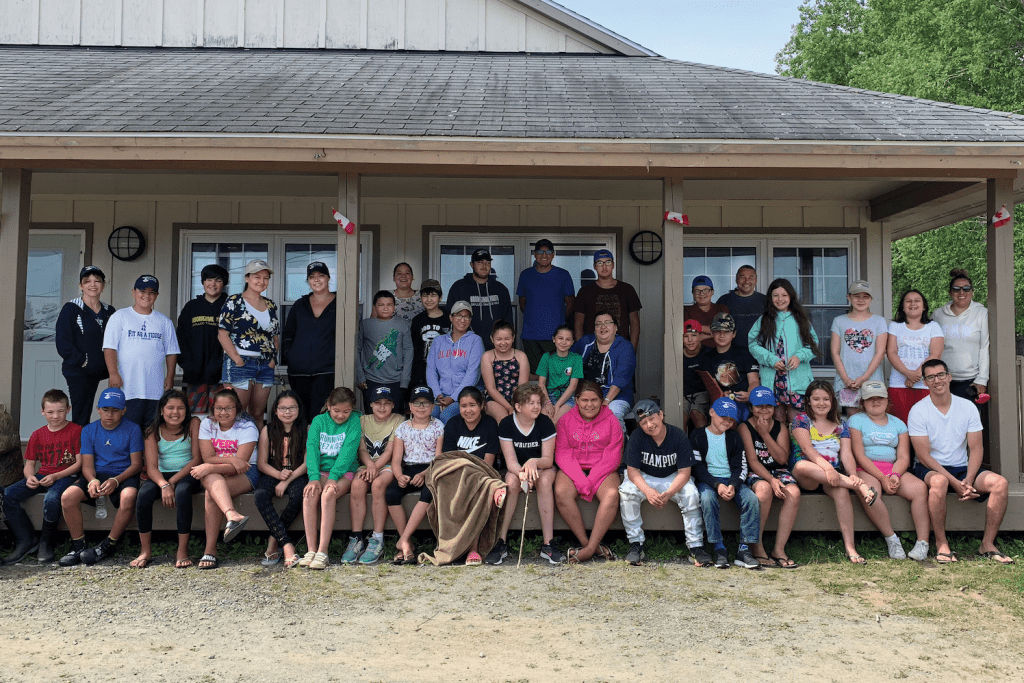
The result has been an enabling environment for Mi’kmaq culture and Mi’kmaw language to thrive, all the while achieving educational outcomes that far exceed national averages for on-reserve and off-reserve education. “Our high-school graduation rates are above 90 per cent,” Gould says. “We have more than 600 Mi’kmaq students enrolled in post-secondary institutions, and our literacy and numeracy rates have increased—and our athletes have gone on to compete and win at national levels.” MK provides Mi’kmaw language support online and in person, as well as mentor-apprentice language programs in 12 communities—with a Mi’kmaw immersion program for the youngest children in two of our communities,”
Gould adds.
“The 12 communities have delivered this education for a very long time,” she says. “It’s Mi’kmaq teaching Mi’kmaq,” she says.
Dr. Geoffrey Fong: Anti-smoking research without borders
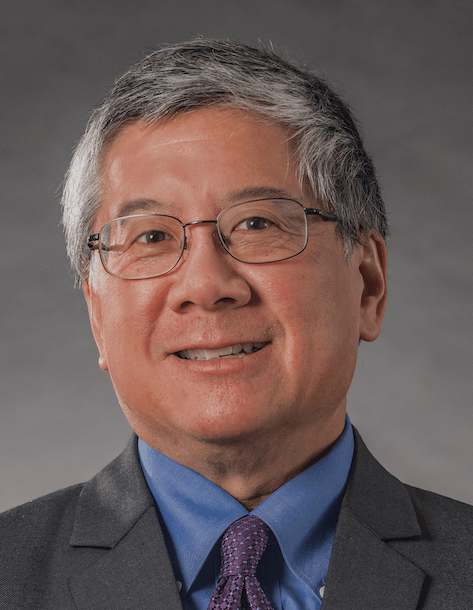
Tobacco smoking is the world’s leading preventable cause of death, according to the World Health Organization (WHO). Dr. Geoffrey Fong, a psychology professor at the University of Waterloo and senior investigator at the Ontario Institute for Cancer Research, is out to change that. In 2002, Dr. Fong and his Waterloo colleagues Dr. Mary Thompson and Dr. David Hammond founded the International Tobacco Control Policy Evaluation (ITC) Project, a research program involving 150 researchers from a range of scientific fields (psychology, economics, statistics, epidemiology, chemistry and toxicology) that has expanded to 29 countries, inhabited by over 50 per cent of the world’s population.
Dr. Fong and his team were awarded a GGIA for their scientific work in combatting the global tobacco epidemic, which claims more than 40,000 lives annually in Canada and over eight million lives globally. “From the ground up, we built a global evidence system to evaluate the impact of policies of the WHO Framework Convention on Tobacco Control, the first WHO treaty,” Dr. Fong explains. ITC’s landmark evaluation studies have supported the treaty’s major policies, including smoke-free laws, graphic warnings, advertising bans, higher tobacco taxes, menthol bans and plain packaging. “We have used our findings to inform countries of the need to strengthen their policies, as well as to defend effective policies against tobacco industry legal challenges,” he says.
ITC’s innovative research has led Canada and many countries to strengthen their tobacco-control efforts and improve the health of many millions of people.
Arctic Corridors and Northern Voices: Integrating traditional Inuit knowledge and Western science
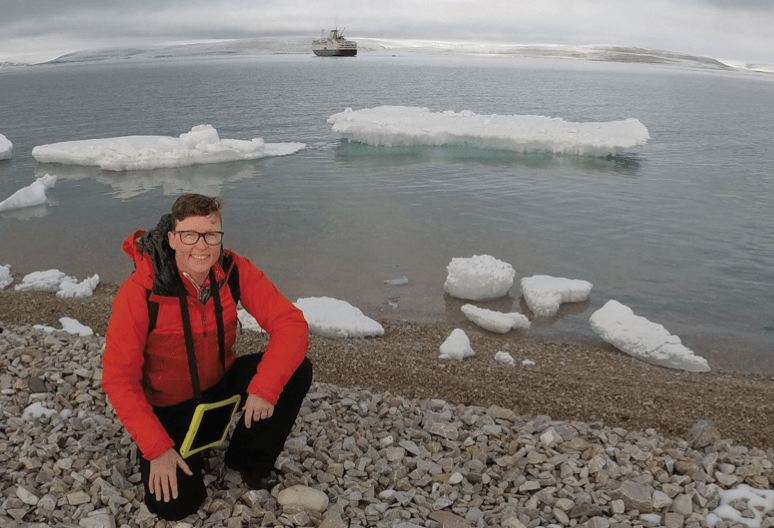
Due to climate change, sea ice in the Arctic has been melting rapidly, opening up new shipping route—and leading to increases in tourism, fishing, resource development and shipping traffic. At the same time, communities in the region have voiced concerns about the ecological and cultural impacts that more ships will have in the region.
To address these challenges, the Arctic Corridors and Northern Voices (ACNV) project is working with the Canadian Coast Guard, Arctic communities, the shipping industry and other researchers on a project that’s brokering knowledge about the region. The Inuit are a marine people and have extensive knowledge of the region, and that knowledge is now being infused into government policy and management of Arctic shipping corridors.
“ACNV brings together all ways of knowing, so that the corridors can be effective and sensitive to ecological and cultural sites,” says Dr. Jackie Dawson, an associate professor at the University of Ottawa. Dawson leads the ACNV team, which includes Dr. Natalie Carter (ACNV Community Research Lead), Natasha Simonee (community member and hunter in Nunavut) and Shirley Tagalik (chair of the Aqqiumavvik Society).
The team received a GGIA for its innovative integration of traditional Inuit knowledge and Western science. ACNV also includes 59 Inuit and northern researchers and more than 130 Inuit knowledge holders. “The project is identifying sensitive and significant cultural marine sites that are important for Inuit who engage in hunting or subsistence activities—or that are important to their communities,” Dr. Dawson explains. Together, their work is leading to the creation of new routes for Arctic shipping—routes that better protect marine areas. The project has made Canada a global leader in self-determined science.
